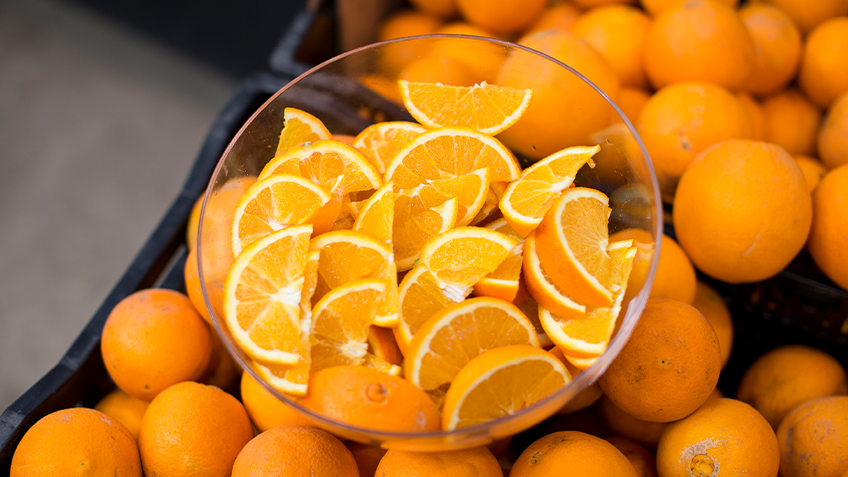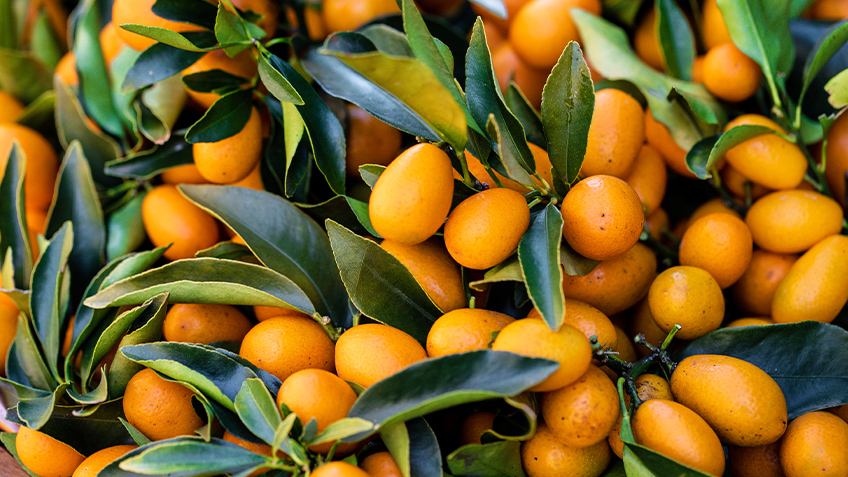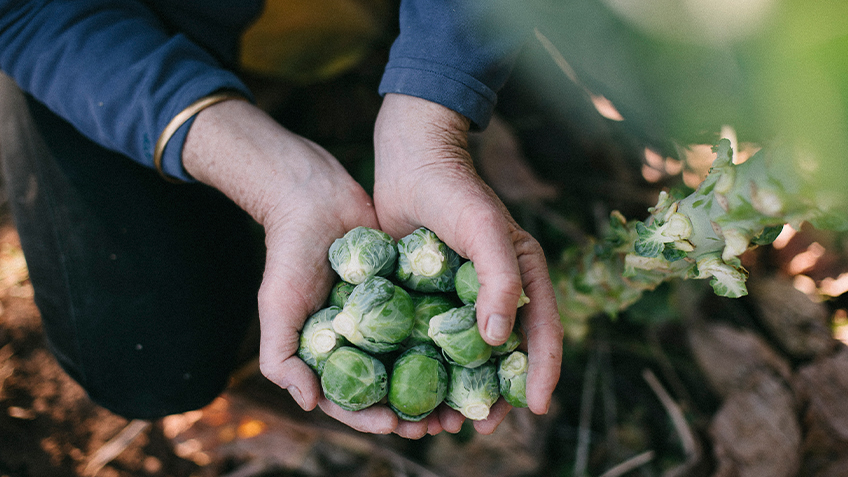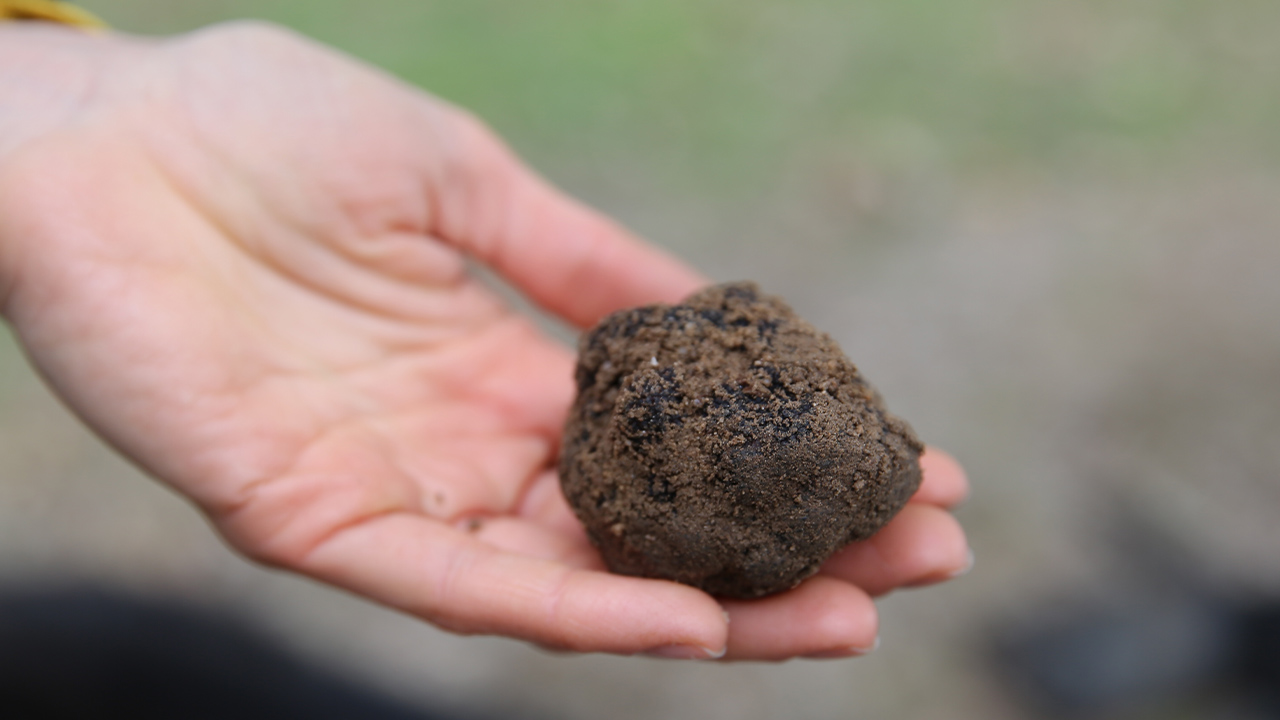The abundance of citrus tells us that we are now officially in winter. It’s nature’s way of providing vitamin C to boost our immune systems when we need it most.
Oranges, lemons and limes are local and easy to find – however, if you dig a little deeper, you will come across many more varieties to enjoy. For example, Mandarins, Tangerines and Tangelos offer a sweeter, easier to peel alternative to an orange and are great juiced or used in winter salads.
Grapefruits are a fantastic way to start the day. My fave is to cut a pink grapefruit in half, drizzle with local, raw honey and give it a little sprinkle of chilli salt to get the blood moving.
Look out for Meyer lemons also, which have a rounder shape and are less acidic than the everyday lemon. I like to use them when I make homemade lemonade as you don’t need to use as much sugar to balance the sharpness.
Winter is a great time to nourish and re-set (think hibernation)… We need to keep warm and cook foods that support us and see us through the colder months. What better thing to do than to make a batch of marmalade using Seville oranges? They are the traditional orange for marmalade as they have a very bitter skin that gives the quintessential bittersweet flavour to go with your buttery toast.
More unusual citrus’s are great to experiment with – if you can find them. Bergamot is essentially a dwarf Seville orange and is the key aroma of Earl Grey tea.
Cumquats are also in their prime and are wonderful preserved in brandy or poached in sugar syrup to eat alongside duck or for dessert with dark chocolate.
If you’re lucky you may stumble across a fresh Yuzu, there is nothing better than to squeeze it over raw seafood with a touch of soy. You can buy the juice in a bottle, but to taste it fresh is next level.
Brussels Sprouts arrive in winter and are at their very best after the first frost as it brings out their sweetness. Look for them on the stalk as it will keep them fresh for a little longer (and you can also use the stalk sliced thinly through stir fries etc). The tighter and more compact they are, the more tender they will be, so use them shaved thinly into salads with a sharp dressing, roast them with chestnuts or steam them and serve them with knobs of butter. As they get larger and the leaves become loose, leave them whole or cut them in half and fry them until golden and crisp.
Look out for other brassicas like cabbages and broccoli, as well as winter greens like silver beet and leafy Asian greens. Jerusalem artichokes otherwise known as sunchokes are also around in winter. They have a sweet, nutty flavour that is perfect for roasting or made into a hearty winter soup.
The prize of Winter must be the black truffle, a subterranean fungus more valuable than gold. Don’t let the price frighten you as a little goes a long way. You can store it in a glass jar in the fridge for a few days with rice to give the rice a wonderful truffle aroma, perfect for risotto. Or jar it with eggs make a truffled egg omelette. To use, lightly scrape off the skin and infuse some for a month in a light olive oil to dress your favourite salad or crush the skin through some butter to melt over something warming.
Very thin slices of truffle are wonderful placed under the skin of a good, free range chicken, roasted slowly in an oven bag and when ready, opened at the table for everyone to enjoy the fragrance. Once you have done all of this with your one little truffle, place any last scraps into a bottle of vodka for a month. Truffled Vodka Martini anyone?
Much love, Mike xx





